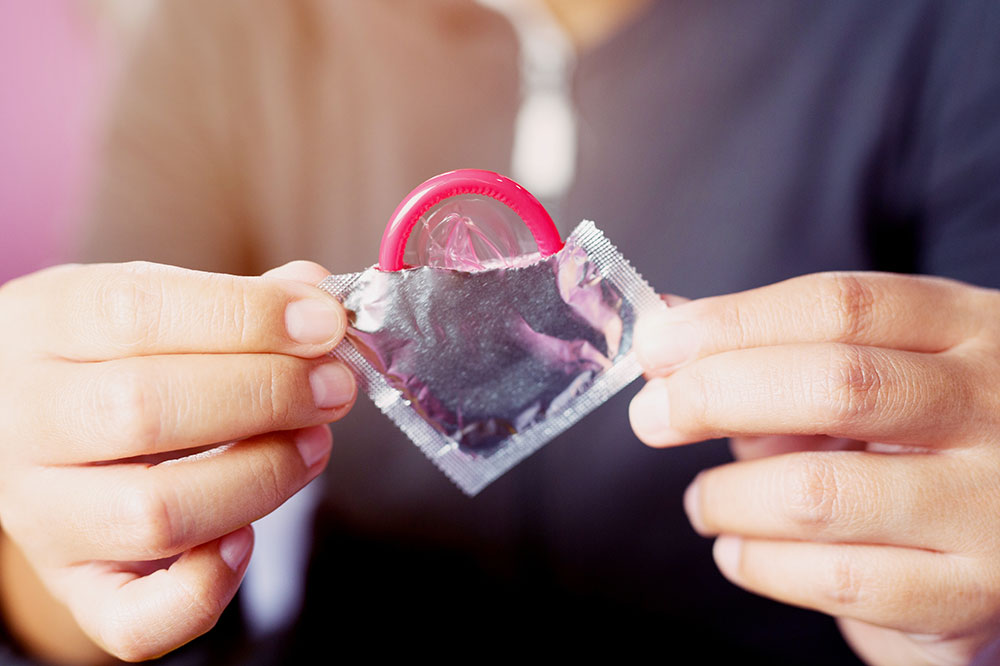
5 Effective Contraceptive Methods
Having a child is a big responsibility and you should be prepared for it mentally and financially. Contraception greatly reduces the risk of unplanned pregnancies. In that vein, we list below some of the most popular methods to prevent pregnancy (please note that no method of contraception, except abstinence, is 100 percent effective):
1. Condoms
Condoms are one of the most common and popular methods to prevent pregnancy. These are small thin sheaths that are worn on the penis during intercourse. They can be made from a variety of materials, such as latex, plastic, or lambskin. They prevent pregnancy by collecting semen and disallowing it from entering the vagina. This stops the egg from getting fertilized.
2. Birth control pills
These pills contain hormones, and one pill needs to be taken daily. If you take the pill regularly and consistently, then it can be effective in preventing pregnancy. There are two common types of pills—progestin-only pills, which, as the name suggests, only contain progestin; and combination pills, which contain both estrogen and progesterone. This widely used contraceptive option for women stops ovulation, thus preventing the egg from being released by the ovaries to be fertilized by the sperm. The hormones in the pill also thicken the mucus of the cervix, thereby preventing the sperm from coming in contact with the egg.
3. Diaphragm
Another popular way to prevent pregnancy used by women is the diaphragm. This is a shallow, flexible cup that is placed inside the vagina, covering the cervix. This silicone cup works as a barrier that stops the sperm from coming in contact with the egg. For the diaphragm to be effective, it is advisable that spermicide, a substance that eliminates sperm, be used.
4. Intrauterine device
An intrauterine device (IUD) is a small device that is placed inside the uterus to prevent pregnancy. This is a long-term, reversible method of option that is very effective. The device is shaped like the letter T and made of plastic. This device can be of two types: copper IUDs and hormonal IUDs. The copper ones do not contain hormones and offer protection for up to 12 years. Progestin is present in hormonal IUDs, which can be used for three to seven years.
5. Sterilization procedures
Tubal ligation for women is a permanent and irreversible method of contraception. In tubal ligation, the fallopian tubes are permanently closed. Salpingectomy is the procedure in which the fallopian tubes are removed. Vasectomy or male sterilization is a permanent and effective contraceptive option for men. In this surgical procedure, the vasa deferentia, which are the tubes that carry sperm from the testicles to the urethra, are removed.


